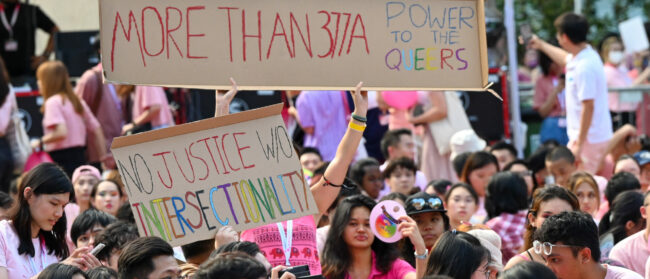As the sun submitted to the Muslim call to prayer, the men of Lero Tatari slid their longboats through the sand and into a bay of jumping fish.
Sixty-two-year-old Liong Lanajo already put two daughters through university by reeling in fishing nets while his youngest still studies. Two decades ago, Lanajo followed his wife to Lero Tatari, her village along the coast of Central Sulawesi in eastern Indonesia.
But their community may soon be at risk.
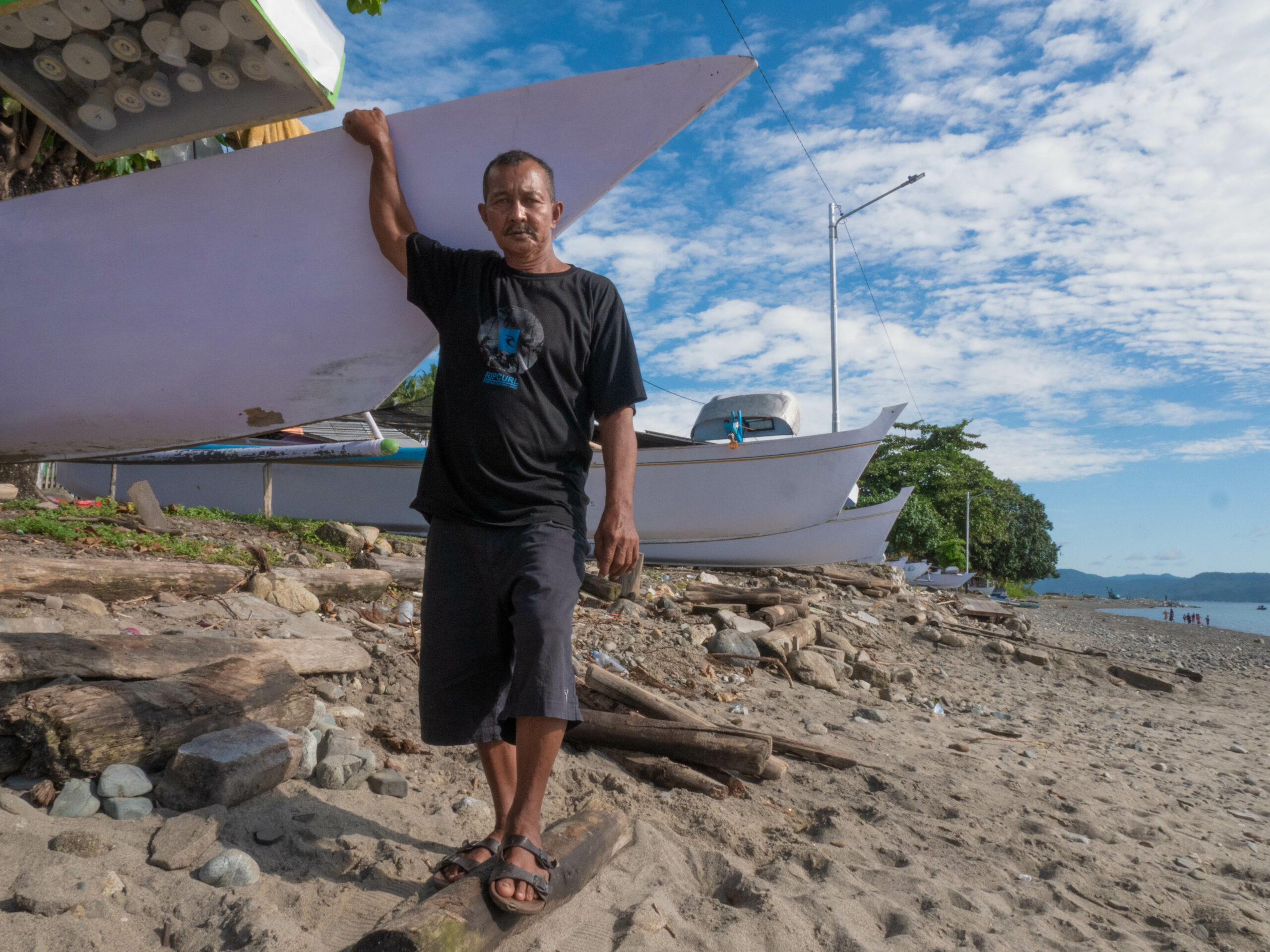
At this moment, a 100 megawatt capacity coal power plant is being built beside their homes. Activists warn it will produce carcinogenic fumes and wastewater that could destroy the nearby fishing grounds.
“There has not been any impact assessment,” Lanajo said. “We are concerned.”
The PLTU Palu 3 power plant, scheduled to fire up in 2024, is one of more than 110 coal plants that have been in construction across Indonesia over the last decade. And they come at a high human cost.
Their cumulative toxic pollutants are predicted to cause the premature deaths of more than 28,000 people, according to a 2015 Harvard University study. Coal ash increases the risk of cardiovascular and respiratory illness and is linked with lowering IQ and impairing physical development, a multitude of studies have shown.
These coal power plants will also fuel 17 planned nickel smelters, adding to the 13 already in existence, which are becoming critical infrastructure in the global electric vehicle (EV) supply chain reliant on nickel-heavy, energy dense lithium-ion batteries.
Indonesia is the biggest nickel producer in the world, and the need for lithium-ion batteries to power EV vehicles is driving a surge in battery-grade nickel demand. Indonesia seeks to capitalise by controlling all aspects of its supply chain from nickel mining, to battery production, going so far as to ban the export of nickel in 2020.
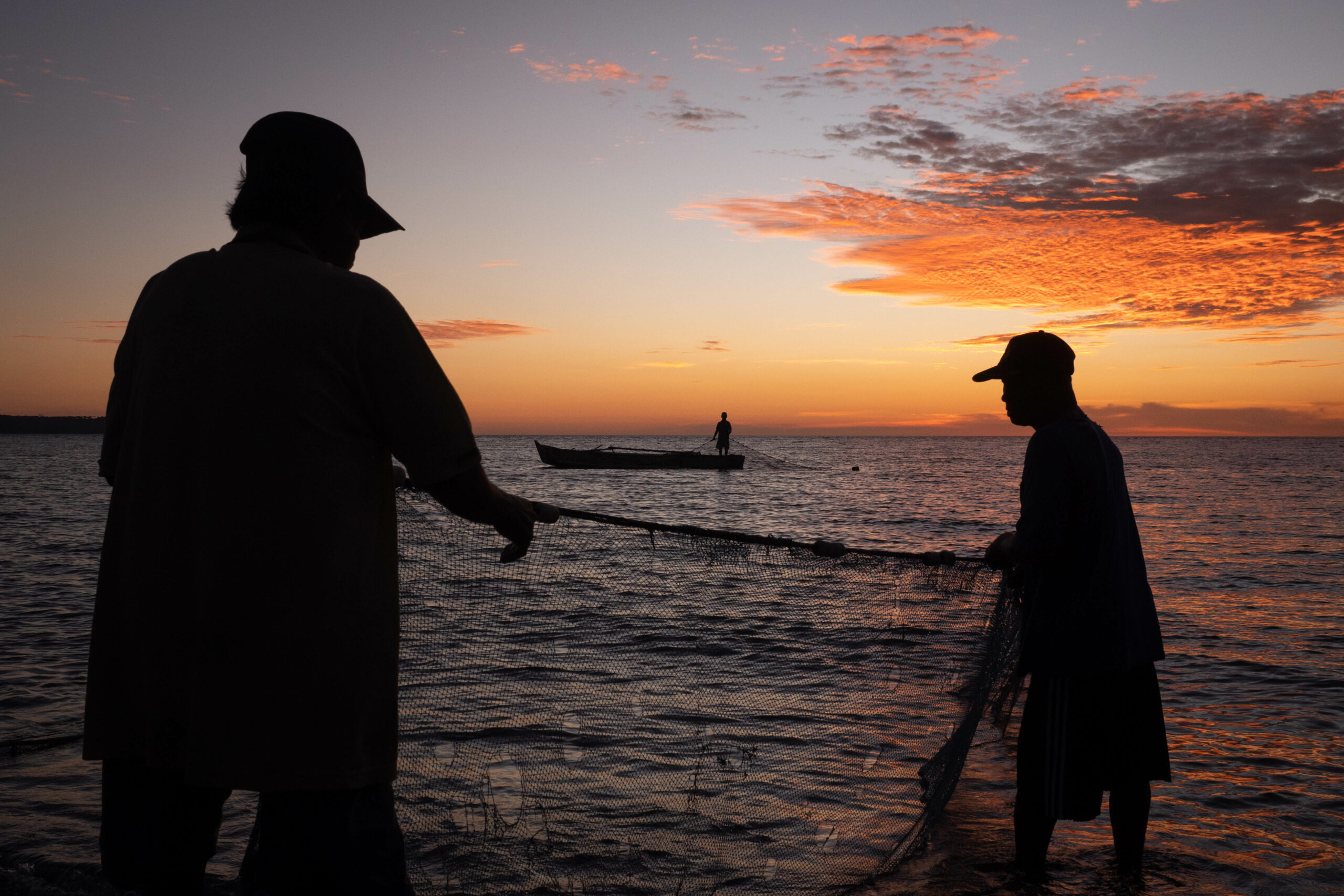
At least nine of the top 20 EV manufacturers are linked to Indonesian nickel, including Tesla and BMW, a 2020 report found.
While EV emission reductions are an environmental boon, Indonesia has stripped bare its environmental regulations in part to streamline the EV supply chain’s development, often leaving communities surrounding industrial facilities blind about the impacts they may experience, activists and researchers say.
For national priority projects, including major nickel producing industrial parks in the 19 subsidised Special Economic Zones (SEZs), environmental impact assessments have been weakened by new laws. The power plant in Palu will fuel the nearby Palu SEZ, whose managers hope to house a major nickel smelter.
Lero Tatari residents say they have not been warned by authorities of the power plant’s effects or received offers to relocate.
“We want to know about the health impact,” said Muhsli Djafar, a coconut seller who lives with his family behind the power plant. “How can we move? With what money?” his wife, Najmiah added.
In the absence of government transparency, local activists from The Mining Advocacy Network (JATAM), have documented the construction process. Youth activists assessed the future environmental and social consequences for Lero Tatari based on the experiences of other communities.
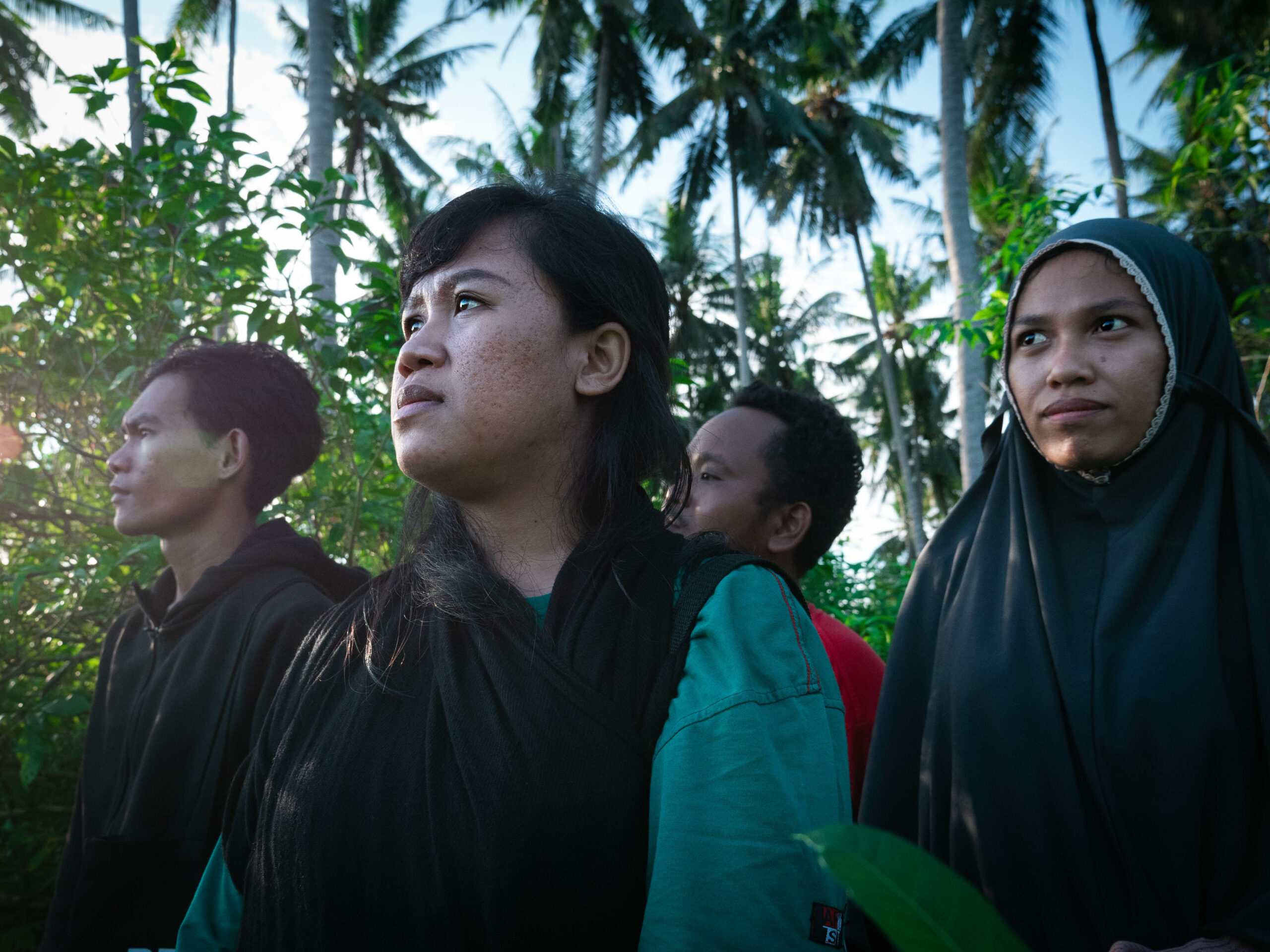
“They [authorities] never consult with the local people about what the effect will be,” said Stevi Rasinta Papuling, a JATAM activist who, along with her colleague Wandi Rakata, spent months investigating the power plant in Lero Tatari.
“The construction gives a huge impact, but people are never really informed.”
Their research also highlighted the decade-long struggle of Arzad Hasan, who lives 150 metres (492 feet) from a 66 megawatt coal power plant, close enough that it disrupted his day to day life once operations began in 2007. Vibrations from the plant rattled his walls, and ash sometimes settled on plates before meals could be served.
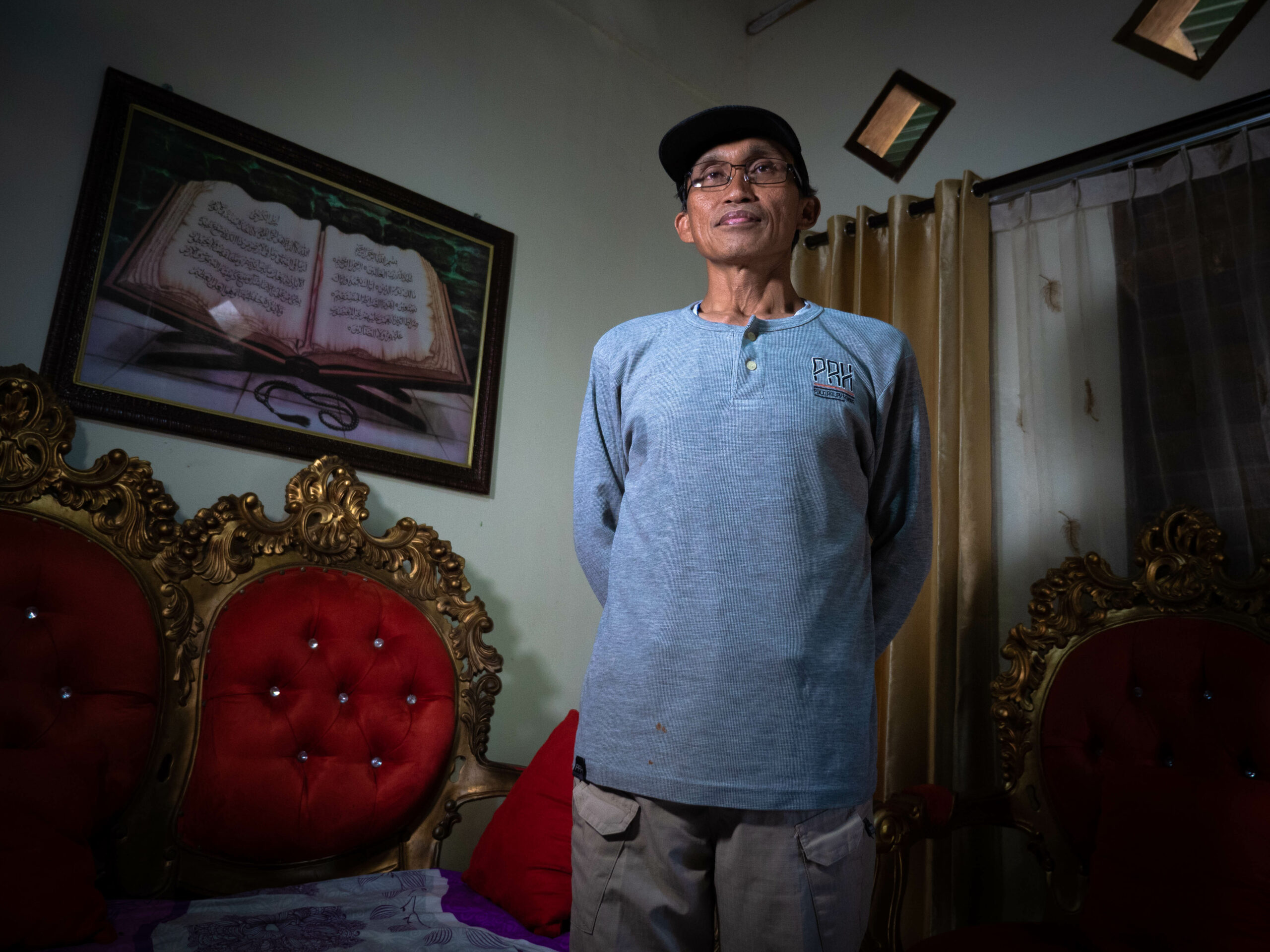
“Everyday, we had to breathe the waste from the power plant,” Hasan said. “On a normal day, when the units were operating, you couldn’t even talk because of the noise.”
A horrific tsunami devastated Sulawesi in 2018, ending the Panau power plant’s operations. But health impacts linked to the coal ash fumes and waste, dumped in a towering mass directly behind the village, have remained.
There have been at least 21 deaths which Hasan claims are linked to the coal ash in his community of some 3,000 people, a 25 kilometres (15.5 miles) drive down the coast from Lero Tatari.
Hasan’s neighbour, Risani Ningsih, lost her husband in 2020 to throat cancer. The family lives 300 metres (984 feet) from the power plant. Her son now has a lump growing on his throat.
“It’s too late,” Ningsih warned the Lero Tatari villagers. “Find a way to not get sick.”
On the east side of Sulawesi, Sitti Huma Ira watched boiling waste water from cooling coal power plants pour out into the bay. The fish have been gone for years.
“It’s not good for our health,” Ira said as her children played in the shadow of three coal stacks belching black smoke. “All the people here have a cough and itch.”
They live in Kurisa, a seaside neighbourhood of around 200 families within the Morowali Industrial Park, Indonesia’s largest nickel production site, powered mainly by 6 million tonnes of coal each year. The first nickel smelters started running in 2015, initially for steel and now claiming a significant role in the EV supply chain.
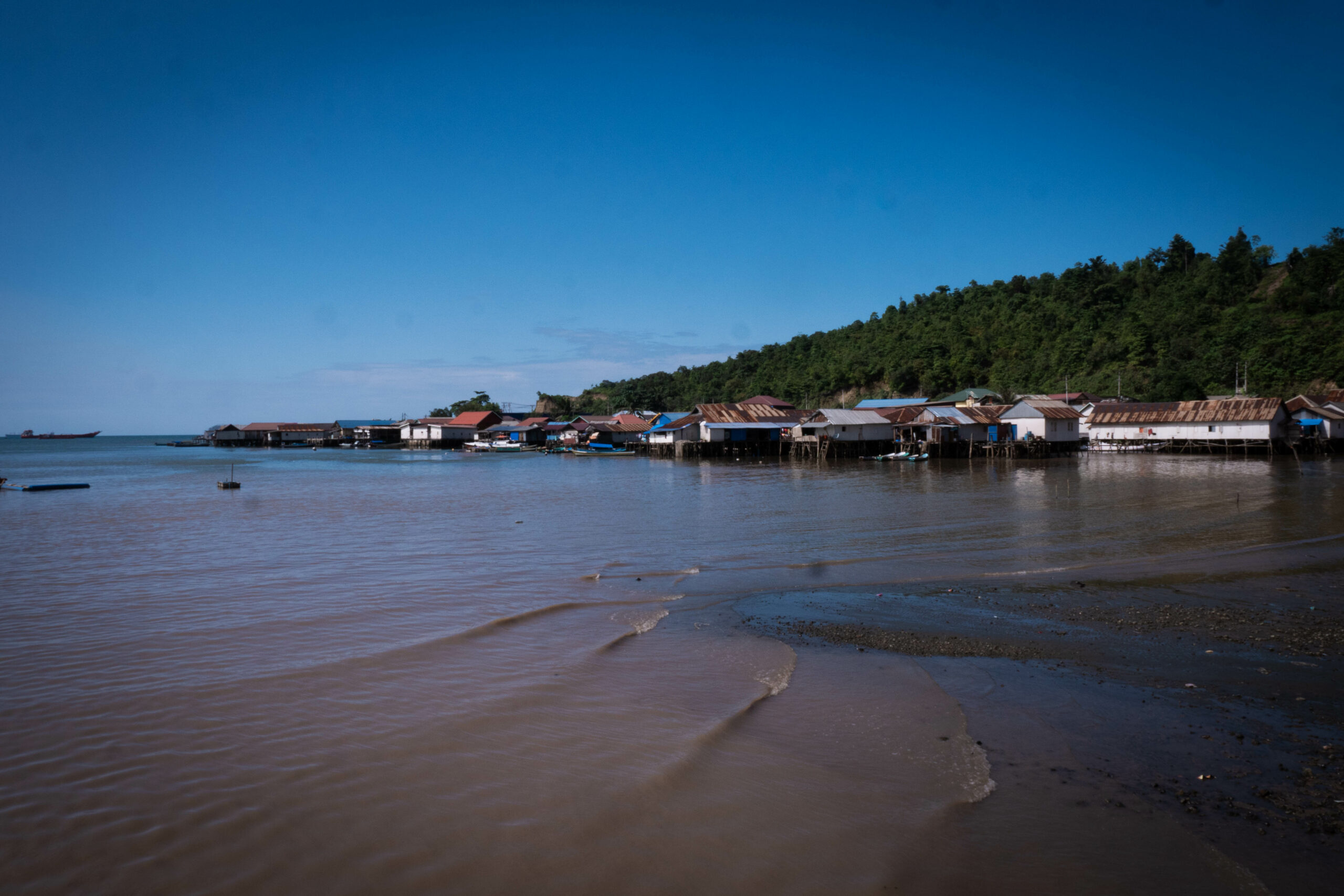
Among the most prominent companies in the park is Chinese steel conglomerate Tsingshan Group. Tsingshan owns stakes in companies that sell battery-grade metal components to a Korean battery manufacturer supplying BMW, Volkswagen and Volvo.
Most of Indonesia’s nickel reserves are lower quality. Transforming them into battery-grade components requires an energy-intensive and environmentally destructive process known as High Pressure Acid Leaching (HPAL). Local NGOs like the Indonesian Forum for the Environment, warn that the half a dozen HPAL smelters in construction, including in Morowali, will exacerbate existing impacts on local fisheries and public health.
Ira’s husband, Haji Rusman, said he must travel at least five miles out from the coast to reach clean enough seas for fishing.
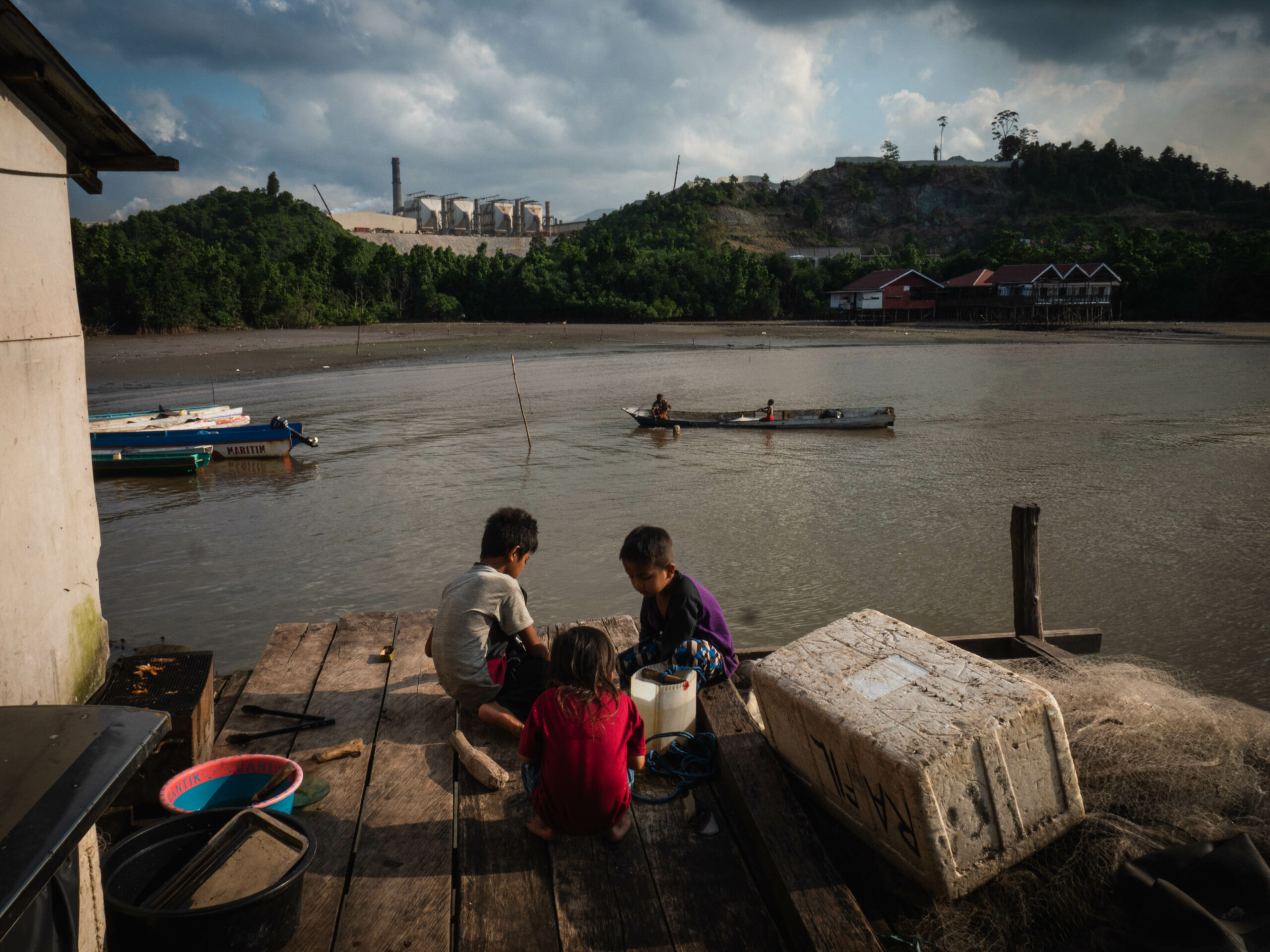
More than half of residents in villages near the park have acute respiratory infections, according to local public health records.
Another Kurisa resident, Mardani, who spent nearly 10 years working as a public relations officer for the park, said the surrounding communities benefited economically from renting rooms to the workforce of more than 38,000.
It was late July, southwind season, when coal shipped in from across the Indonesian archipelago was off-loaded, blowing particles across the bay into the village.
Mardani acknowledged the negatives were obvious, gesturing to the coastline red from mining waste. The industrial park had built a net to retain the coal dust, but Mardani said this hasn’t worked as the dust is too fine. He wiped a table with a tissue, revealing thick, black grime.
“Sometimes, what we see with our eyes as clean, is not really clean,” Mardani said.
The new nickel smelters, fueled by powerful domestic coal companies, are helping keep Indonesia “politically locked into the coal industry,” said Adhityani Putri, director of the Jakarta-based climate policy NGO Yayasan Indonesia Cerah.
Despite Chinese leader Xi Jinping’s September 2021 promise to halt Belt & Road Initiative funding for coal power, at least 10 new coal power plants linked to nickel processing at Indonesian industrial parks are in the works, according to research from the Centre for Research on Energy and Clean Air (CREA). Six are in Morowali alone, though some companies have also promised to add clean energy.
Several residents in communities surrounding the park said they have not been consulted on these developments and companies have only provided them with some support such as vents for school classrooms after sustained protest.
“We have no idea where the disposal of the waste will be,” said Yuliadin, a 23-year-old resident of Labota village within the park. “For the company that wants to do their project here, please pay careful attention, the community suffers from their ignorance.”
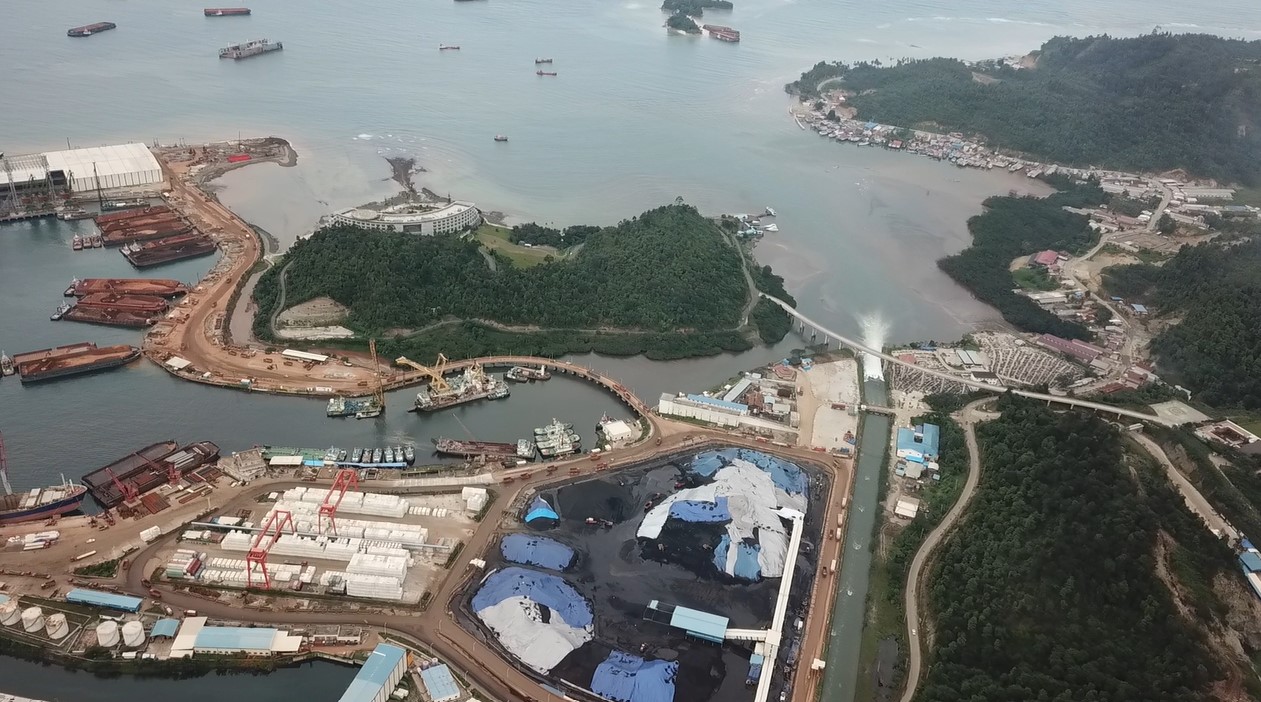
Indonesia’s state electric company, known as PLN, has monopolised energy production, investing in 35,000 megawatts of mostly coal power production.
Indonesian President Joko Widodo promised to end coal power construction after completing the dozens of coal plants planned, though there is no clear plan to implement renewables on a wide scale, Indonesian energy analysts say.
Nickel supply chain concerns are pushing EV producers such as Ford and Tesla to embrace nickel-free lithium iron phosphate (LFP) batteries.
Currently, producing electric vehicles can sometimes be less environmentally sustainable due to nickel components, according to Isabelle Huber, a researcher at the Centre for Strategic and International Studies in Washington, D.C.
“It’s a big thing, but still not a thing that makes EVs an unviable option to reduce emissions and transportation,” she said. “EVs still emit less over their whole life cycle.”
Investors in the prospective nickel smelter at the Palu Special Economic Zone have expressed interest in green energy, the site’s manager Jimmy Lizardo said. But he acknowledged the industrial site will be powered by state electricity, including the coal power plant in nearby Lero Tatari. Lizardo later said he did not know when PLN would source energy for the SEZ.
The community of Lero Tatari, mostly unaware of the special economic zone under development, still openly wonder about the power plant’s eventual impact. For now, they continue to enjoy summer nights where the ocean ripples with fish, the seawinds retain the scent of salt and fishermen haul in their sunset catch.
Hasan, the activist from neighbouring Panau village, fears these peaceful communities will never be the same.
“Many people are going to die there because of the coal ash.”

